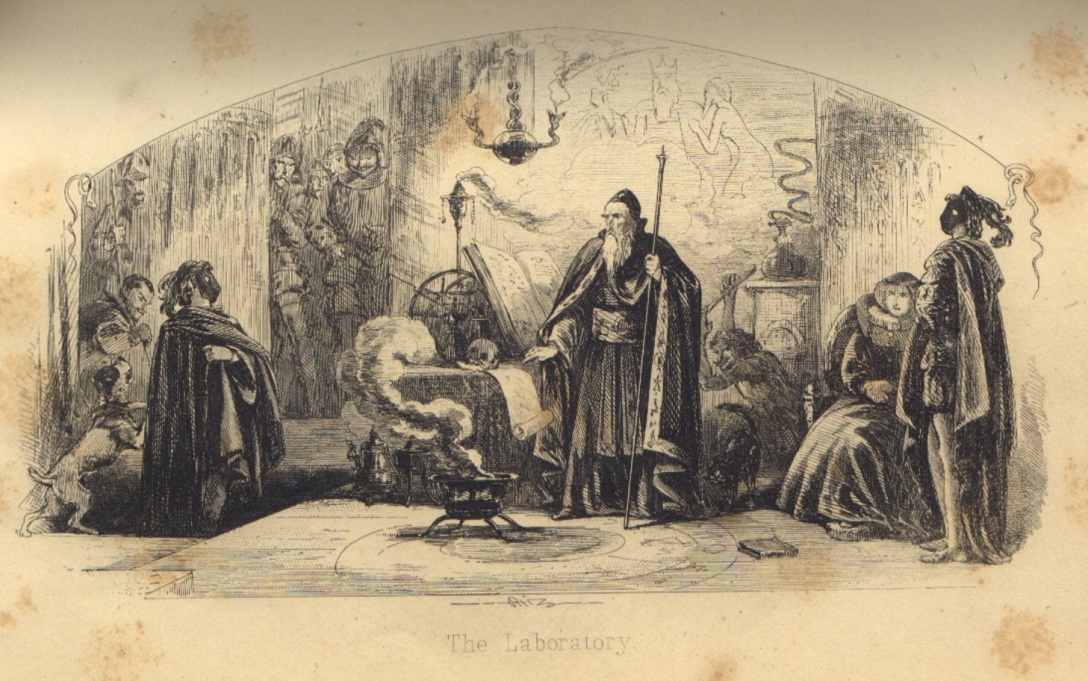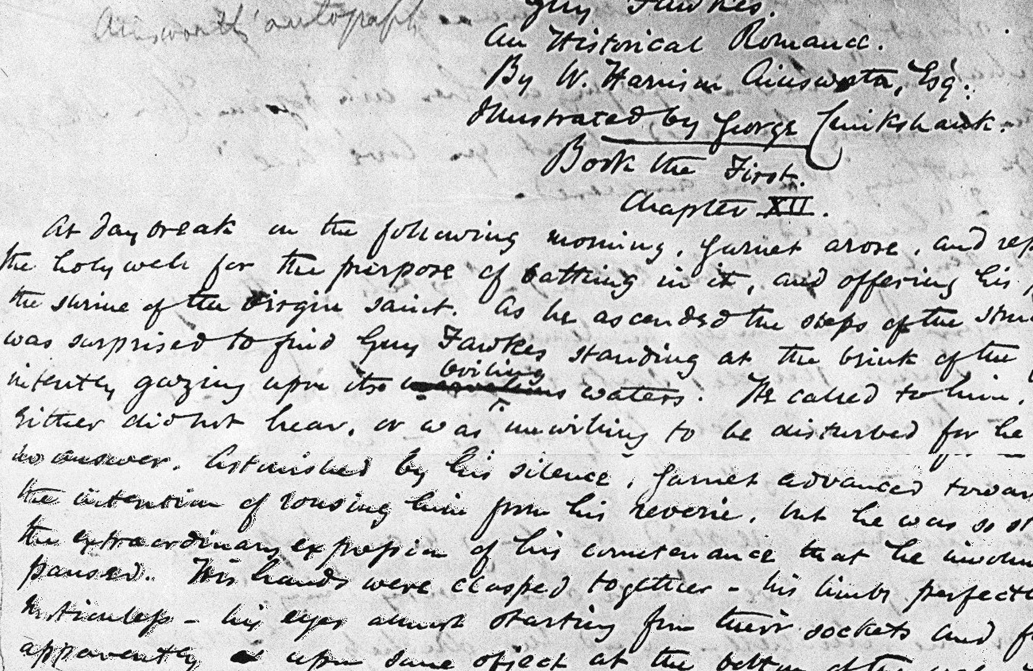Guest post I wrote recently for History Hit on The Author Who Outsold Dickens As a child growing up in Regency Manchester, William Harrison Ainsworth had his head filled with tales of highwaymen by his father. His favourite was Dick Turpin. Expected to join the family law firm, the young Ainsworth was already writing poems,… Continue reading How the ‘Newgate Controversy’ Destroyed Dickens’ Greatest Rival
Tag: Rookwood
Man of La Manchester
It's been a long time coming, but my new biography of the 'Lancashire Novelist' William Harrison Ainsworth, The Author Who Outsold Dickens is published in hardback today from Pen & Sword Books. Here's the Prologue... On the evening of Thursday, 15 September 1881, the man they called the ‘Lancashire Novelist’ attended a mayoral banquet in his… Continue reading Man of La Manchester
The Author Who Outsold Dickens
THE AUTHOR WHO OUTSOLD DICKENS: The Life and Work of W.H. Ainsworth By Stephen Carver Published by Pen & Sword History, January 2020 Now available from Pen & Sword here William Harrison Ainsworth (1805 – 1882) is probably the most successful 19th Century writer that most people haven’t heard of. Journalist, essayist, poet and, most… Continue reading The Author Who Outsold Dickens
William Harrison Ainsworth: A Contextual Chronology
1805 – William Harrison Ainsworth born in Manchester, February 4, the first child of Thomas Ainsworth, solicitor, and Ann Harrison. 1806 – Birth of brother, Thomas Gilbert Ainsworth, October 4 (destined for a long life of mental illness). 1807 – British slave trade abolished by Act of Parliament. 1812 – Byron, Childe Harold’s Pilgrimage. 1814… Continue reading William Harrison Ainsworth: A Contextual Chronology
‘The Phantom Steed’: The Outlaw Narrative of Rookwood
During the fourth book of Ainsworth’s gothic novel Rookwood (1834), in a chapter entitled ‘The Phantom Steed,’ the highwayman Dick Turpin becomes aware of a ghostly horseman riding by his side in the midnight mist during his fabled ride to York. Book IV is in fact called ‘The Ride to York,’ and is the dramatic… Continue reading ‘The Phantom Steed’: The Outlaw Narrative of Rookwood
‘Beaks, buzgloaks, and knucks in quod’: Romance, Realism, and the Language of the Nineteenth Century Underworld
It was the London-Irish Regency sporting journalist Pierce Egan who first made the flash the fashion - the linguistically deviant slang anti-language of the Daffy Clubs, the Fancy, the street-folk, and the criminal underworld, which he had acquired ringside and used to great effect in his coverage of illegal bare-knuckle boxing matches for the Weekly… Continue reading ‘Beaks, buzgloaks, and knucks in quod’: Romance, Realism, and the Language of the Nineteenth Century Underworld
‘A Wrappage of Traditions’: Scott, Ainsworth and Nineteenth Century Narratives of British National Identity
THE ENGLISH think they know who they are. It is nowadays often remarked that the English have lost their collective sense of national identity, while devolved government has strengthened that of the Welsh, the Northern Irish and, especially, the Scots. ‘Being English,’ begins the preface to Jeremy Paxman’s excellent study The English: A Portrait of… Continue reading ‘A Wrappage of Traditions’: Scott, Ainsworth and Nineteenth Century Narratives of British National Identity
William Harrison Ainsworth: The Life and Adventures of the Lancashire Novelist
Introduction: The Victorian Critical Heritage The years have not been kind to the memory of the Manchester-born Victorian author William Harrison Ainsworth (1805 – 1882), a prolific English novelist once held in such high regard that many of his contemporaries viewed him as a natural successor to Sir Walter Scott. Ainsworth’s romances were hugely popular… Continue reading William Harrison Ainsworth: The Life and Adventures of the Lancashire Novelist
The Book of Stone: Ainsworth’s Gothic History of England
In 1840 William Harrison Ainsworth, the author of the infamous Jack Sheppard, emerged from the storm of the ‘Newgate Controversy’ with his critical reputation in tatters and his public popularity soaring. Outraged at being included in the ‘Newgate School,’ Dickens had quickly dissociated himself from his close friend Ainsworth and it was commonly believed that… Continue reading The Book of Stone: Ainsworth’s Gothic History of England
The ‘Design of Romance’: Rookwood, Scott and the Gothic
In a preface added to Rookwood for the edition of 1849, Ainsworth describes in some detail the construction of his famous romance (1). Like his first novel Sir John Chiverton (1826, written in collaboration with J.P. Aston), the inspiration for Rookwood came initially from the gothic charge which the author associated with an ancient building:… Continue reading The ‘Design of Romance’: Rookwood, Scott and the Gothic










